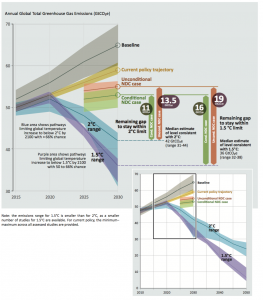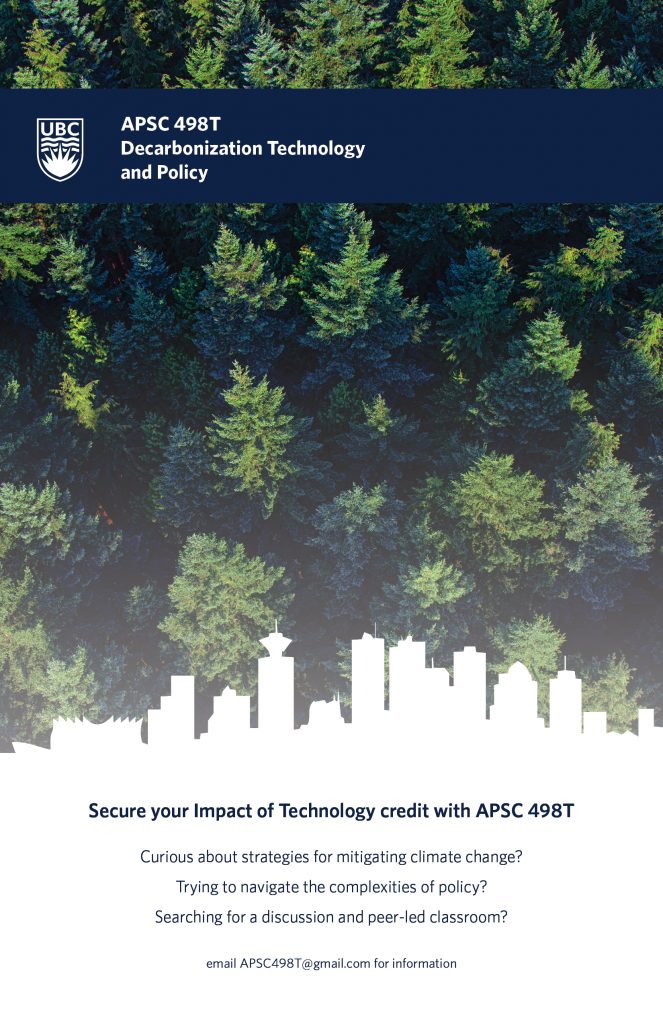Do Artifacts have Politics?
This obscure question was posed as the title of a classic article by Langdon Winner from 1980. In this evocative piece, Winner calls out the many ways in which technology shapes political arrangements. His essential thesis is that technology (defined as ‘all of modern human artifice’) has political properties in two separate ways – through deliberate social arrangement, and through inherent requirements of the technology itself. Landon uses nuclear energy as an example – a technology so powerful that it will always require political arrangements of strong central authority for safeguarding purposes.
Class discussion over this article was lively, applying it to the modern technological systems. For a reading reflection, everyone was asked to describe a case of political technology of their own choosing (“a technology that has been used to structure the arrangements of power and activities in society.”) Everyone managed to choose a unique technology, which was a fascinating result! We spent the first half of the class describing the technology we chose discussing their political ramifications. Social media, gene-editing, hydroelectric dams, autonomous vehicles, micro grids, AI, surveillance, and blockchain were all discussed. It became pretty clear – we are living in an age of rapidly expanding technology, and there is great importance in evaluating this technology in terms of its political properties. Public debate is a useful way to reframe and expand our notions of how technology can be used. The technocratic nature of the world today means engineers have a lot of sway in shaping the debate on political technologies.
The rest of class was a discussion on the democratizing power of distributed energy, and the paradigm shift between distributed and centralized electricity systems. We were in fair agreement that the future of energy systems will be a hybrid of distributed and centralized systems – a substantial engineering challenge for the 21st century!
Our second class was a mock political debate on Canada’s national response to climate change. Pre-reading was an introductory chapter from Judith Layzer’s textbook on the creation of environmental policy in the United States. The text describes environmental policymaking as an essential battle between two different world views: One of ecocentric environmentalists, and one of humanist corcucopians. Environmental policymaking also begins with a disputed problem description and proceeds through many actors (NGOs, experts, media, government) before it is placed before lawmakers.
As a class activity, we divided into two groups, one for each world view, to approach the problem of creating a national climate policy for Canada. This role-play turned out to be quite useful for understanding counterarguments to our collective environmentalist mentality, and the monumental challenge it really is to tackle the climate problem politically – especially for Canada with it’s resource heavy economy.
Cornucopians frame the climate problem as essentially solvable and not worthy of dissolving Canada’s petroleum economy. They gravitate towards neoliberal ideas like cap and trade systems, consumer responsibility, and Canada’s role as a ‘safe’ global provider to oil and gas markets. Environmentalists are frantic over the climate problem, and are quickly willing to propose rash solutions – probably with significant detriment to Canada’s economy and people’s livelihoods. Environmentalists are in favor of strong policy responses, like creating a national renewable energy and job training program, expanding public transportation systems, and scaling back Canada’s petroleum economy over time. Some places where the two sides could agree: 1) Climate change is real and there will be significant impacts across the world and in Canada. 2) Pricing carbon is a good idea. 3) Improvements to transportation infrastructure can help.
Political frameworks – check. Next week – capitalist frameworks!
This week’s readings:
Winner, Langdon. 1980. “Do Artifacts Have Politics?”. Daedalus 109 (1): 121-136.
Judith A. Layzer. 2011. The Environmental Case: Translating Values Into Policy, 2nd Edition. Chapter 1: 1-23.


